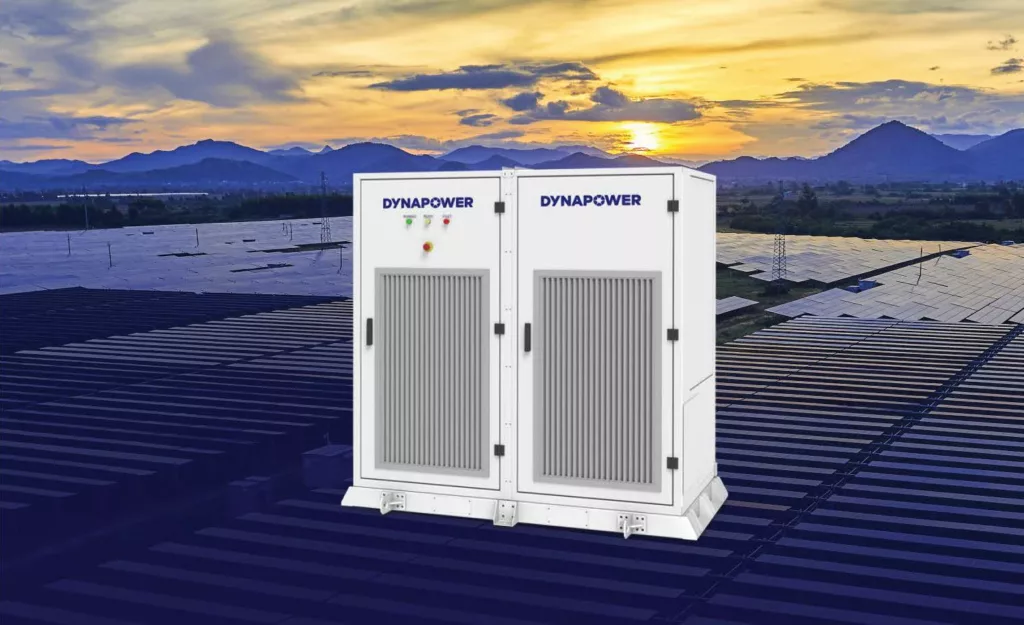The transition towards renewable energy sources is essential for achieving our sustainability goals. However, it poses significant challenges in maintaining grid inertia and stability, which were traditionally provided by the physical inertia of synchronous generators. This article explores the evolving landscape of grid management, the emerging challenges of reduced inertia due to the increased penetration of renewable energy sources, and the critical role of advanced smart inverters in addressing these challenges. Specifically, it highlights the functionality of advanced smart inverters as a leading solution for supporting grid inertia and ensuring a stable, reliable power supply.
INTRODUCTION TO GRID INERTIA CHALLENGES
Grid inertia is fundamental to the stability and reliability of power systems. It helps to maintain a constant frequency, absorbing and dispatching energy as demand fluctuates. Traditional power grids, dominated by the rotating mass of a synchronous generator provides inertia by storing kinetic energy, resisting sudden changes in power demand or supply. However, the shift towards renewable energy sources, such as wind and solar power, which are connected to the grid through inverters, presents a challenge. These sources lack the physical inertia of traditional generators, leading to potential instability and reliability issues as their presence on the grid grows.
Recent developments have underscored the urgent need for solutions to maintain grid inertia in the face of increasing renewable integration. Illustrating the challenge of managing inertia, some grid operators have enacted initiatives to manage grid stability without traditional inertia sources. For instance, ERCOT requires all new interconnecting generators, both traditional and renewable sources, to provide “primary frequency response,” or to increase or decrease real power output immediately to stabilize frequency. Hydro-Québec TransÉnergie has taken a similar approach to managing its wind-rich system, but it uses the term “synthetic inertia” to refer to how wind farms are required to respond to frequency fluctuations.
THE ROLE OF SMART INVERTERS
Smart inverters represent a transformative solution to the inertia challenge. These advanced systems go beyond simple energy conversion, offering capabilities to support grid stability through features like synthetic inertia, frequency and voltage control, and dynamic response to grid disturbances. The concept of “grid-forming” inverters has emerged as a promising solution, enabling renewable energy sources to actively participate in setting grid frequency and voltage, thus contributing to grid stability in a way that mimics traditional generators.

Smart inverters represent a transformative solution to the inertia challenge. These advanced systems go beyond simple energy conversion, offering capabilities to support grid stability through features like synthetic inertia, frequency and voltage control, and dynamic response to grid disturbances, thus addressing the pressing need for reliable grid management.
SAMPLE APPLICATION
The Mortlake 300MW / 650MWh battery project by Fluence Energy is an excellent example of utilizing clean energy facilities in Victoria’s South-West Renewable Energy Zone. It is a crucial component of a grid stability suite developed across Australia, showcasing the trend of implementing advanced inverter technology to provide inertia and other stability services. The battery energy storage is controlled by a grid-forming inverter that quickly responds to changes in grid frequency. It injects or absorbs real or reactive power as required to keep the frequency within the desired range. This is crucial for grid stability, particularly given the variable nature of renewable energy sources. These advanced systems provide a practical solution to integrate renewables without compromising grid reliability. They offer stability and frequency support, enabling the integration of clean energy sources.
SMART INVERTERS: PIONEERING GRID STABILITY
Dynapower’s CPS line of inverters offer the advanced functionality necessary for addressing the challenges of the modern grid. These inverters are designed not only for efficient energy conversion but also for providing critical grid support services. With capabilities for synthetic and virtual inertia, frequency regulation, and fast dynamic response to grid disturbances, CPS inverters offer a comprehensive solution for integrating renewable energy sources while maintaining grid stability and reliability.
Incorporating lessons from projects like Mortlake in leveraging advanced control technologies, Dynapower’s CPS inverters are at the forefront of the transition toward a renewables-dominated grid. They represent a critical tool in the arsenal for grid operators and energy producers, enabling the deployment of renewable energy at scale without sacrificing the essential service of grid inertia.
CONCLUSION
As the energy sector continues to evolve towards a more sustainable, renewable-based model, the challenges of maintaining grid inertia and stability become increasingly prominent. Smart inverters, particularly those with advanced functionalities, are crucial in addressing these challenges. By providing essential grid support services, including synthetic and virtual inertia, these inverters ensure the seamless integration of renewable energy sources, safeguarding the reliability and stability of the power grid. The future of renewable energy integration relies on the continued innovation and deployment of such advanced technologies, highlighting the need for investment and focus in this critical area of grid management.